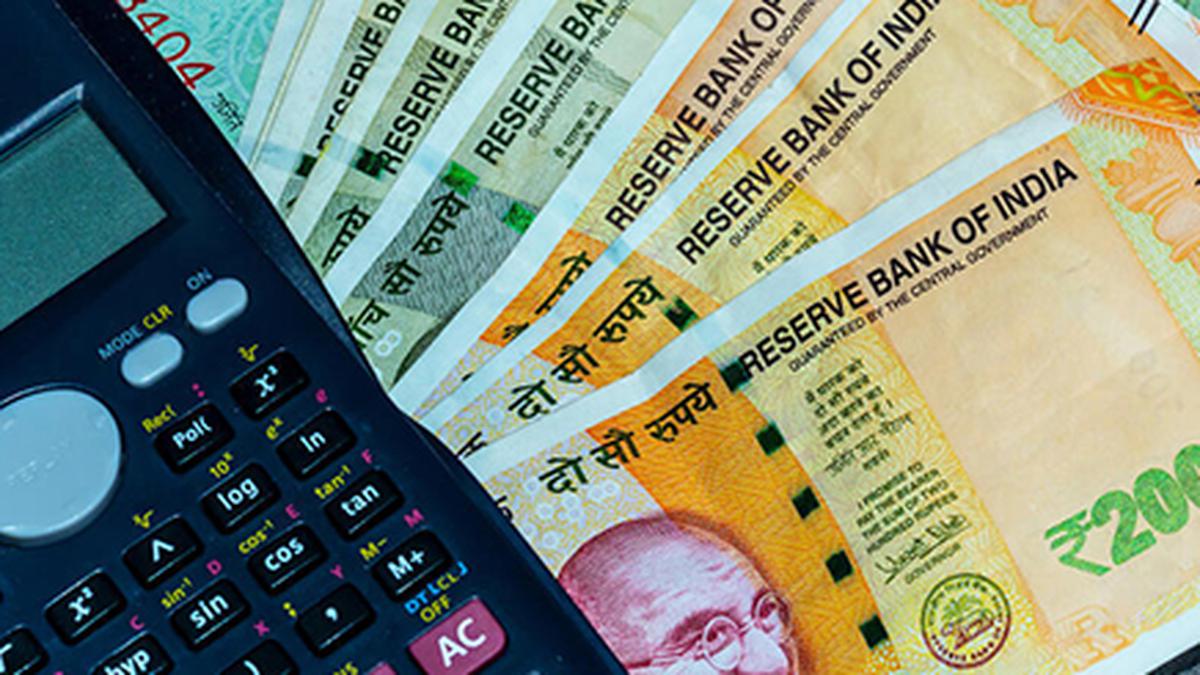Sarbananda Sonowal. File
| Photo Credit: The Hindu
Union Minister for Ports, Shipping, and Waterways Sarbananda Sonowal on Thursday (August 22, 2024) said that the container handling facility at Jawaharlal Nehru Port is being scaled up to 10 million TEUs.
Speaking with reporters after reviewing various infrastructure and development projects at the port, the Minister also said that the upcoming Vadhvan Port in the Palghar district of Maharashtra would generate 10 lakh jobs in the region.
To be built as an all-weather port, the greenfield deep draft mega port will come up at an investment of ₹76,200 crore. The Minister said Jawaharlal Nehru Port Authority (JNPA) soon will have a container handling capacity of around 10 million Twenty-foot Equivalents Unit (TEUs.)
A senior JNPA official said that the container handling capacity currently stands at 7.4 million TEUs, which will go up to 10.4 million TEUs by April next year.
Mr. Sonowal said that Jawaharlal Nehru Port has become the first 100% landlord port in the country, adding that, “accordingly we are aiming for bigger and bigger ships at this facility.” He also said that the port has developed quality infrastructure an is going to become an eco-friendly Port.
A landlord port acts as a landlord and regulatory body while private companies handle port operations. JNPA also announced the signing of two MoUs — one between the JNPA, Vadhvan Port, and REC for the disbursement of loans to support various infrastructure projects.
While the other one is between JNPA and Gateway Terminals India (GTI) for the implementation of shore power supply for vessels. Both the MoUs were inked in the presence of the Minister.
The Minister also launched a Whatsapp chatbot for the Vadhvan skilling programme developed by INPAT to empower the local community and enhance workforce development. This tool is designed to facilitate access to skilling programs, provide information about Vadhvan Port among others.
Mr. Sonowal also said that the government has completed 230 projects under the Sagarmala Project so far while another 220 projects are under different stages of implementation. “So this is how we are progressing,” he added.








